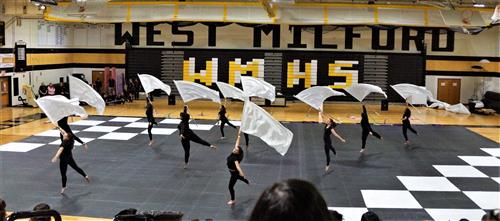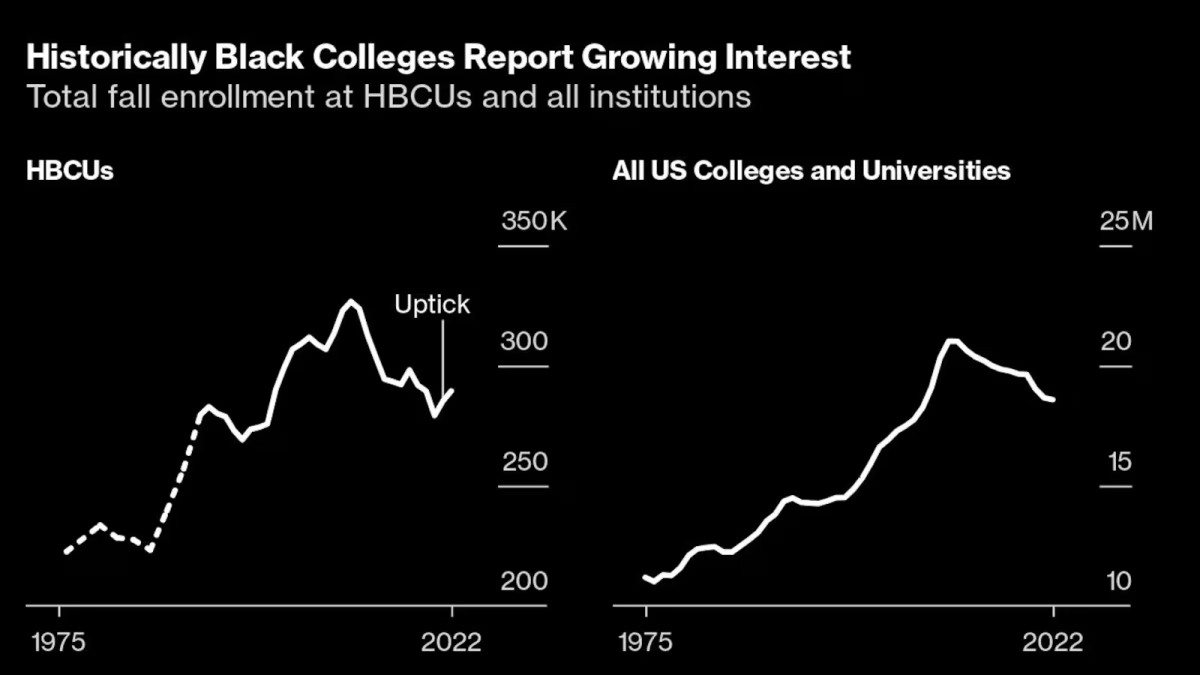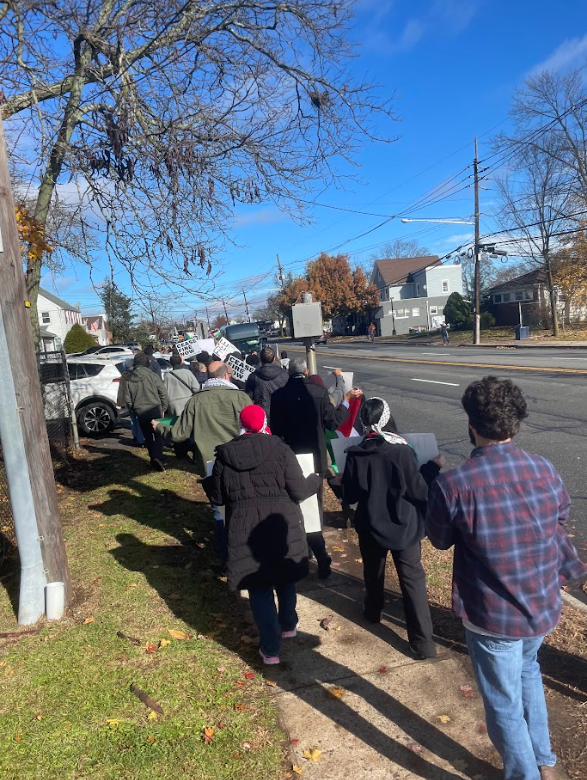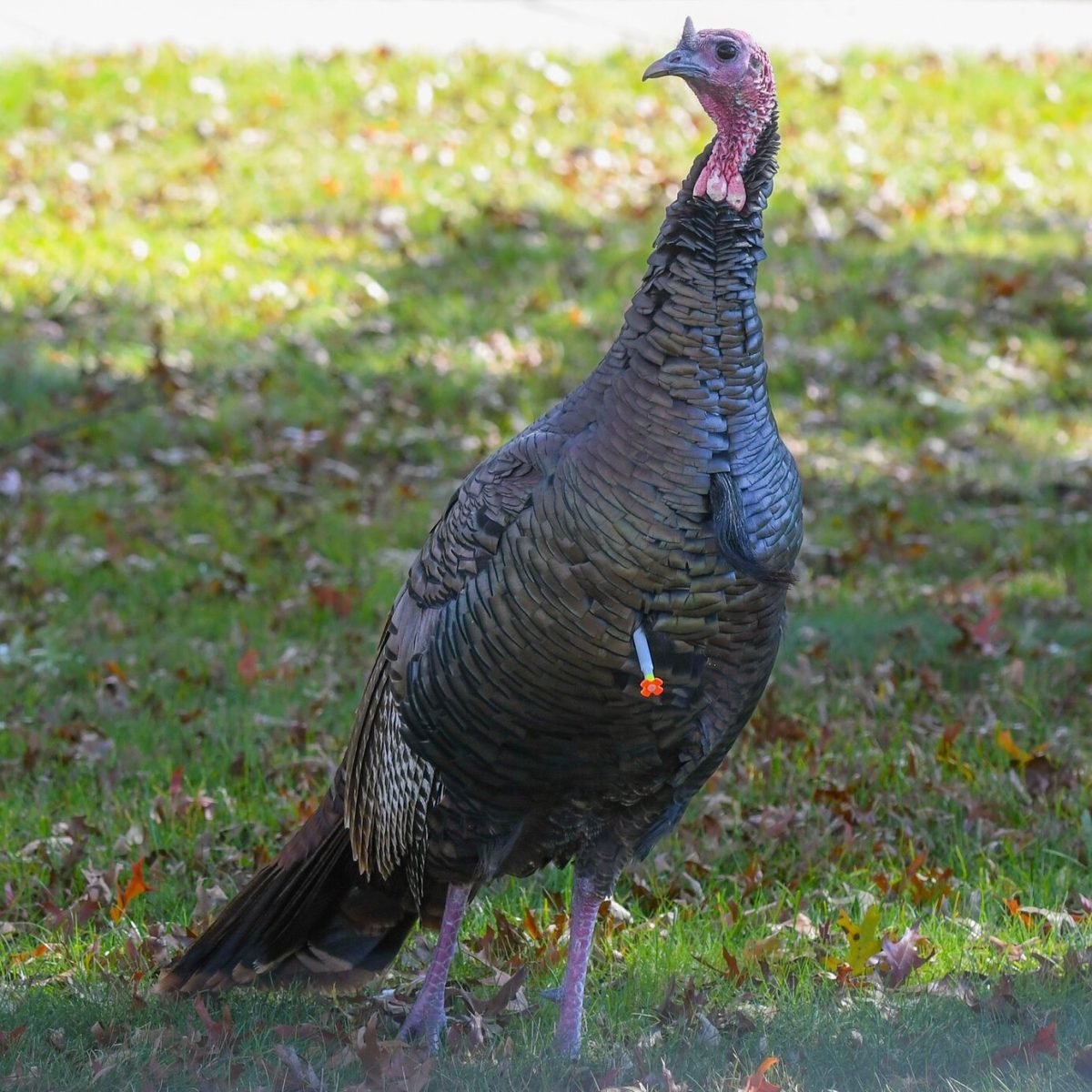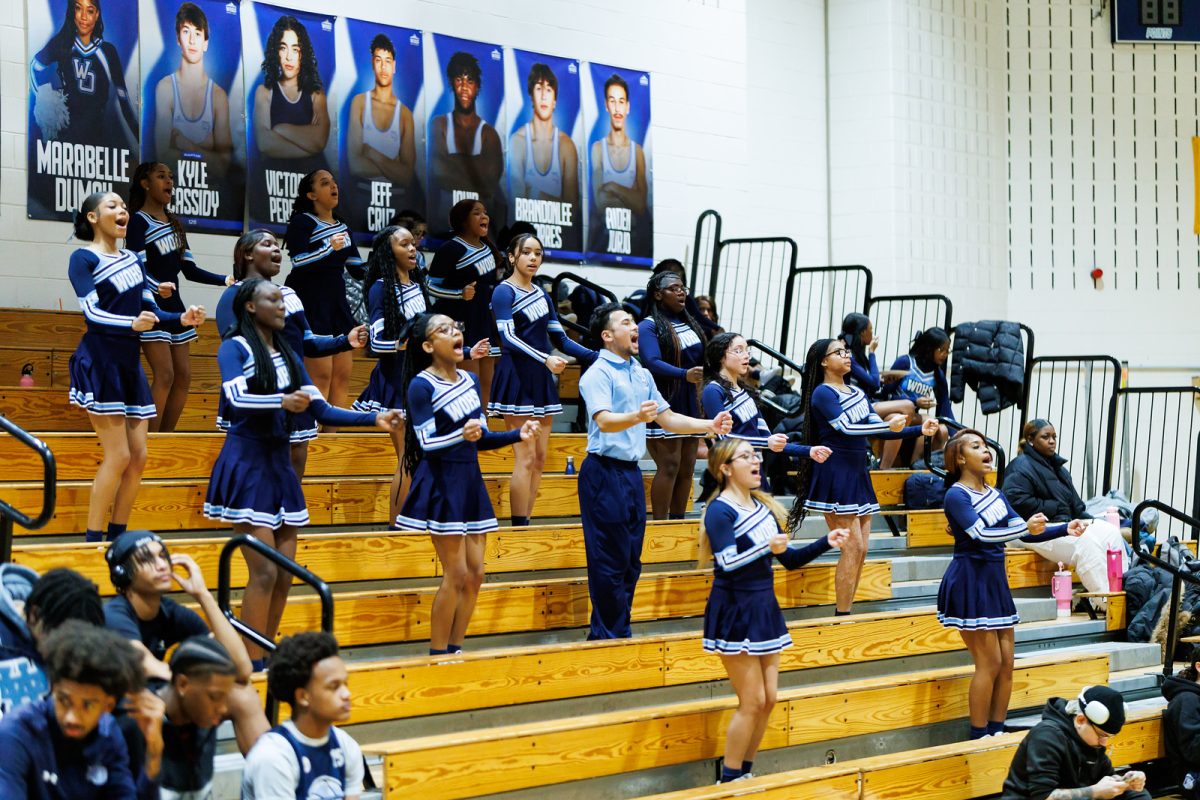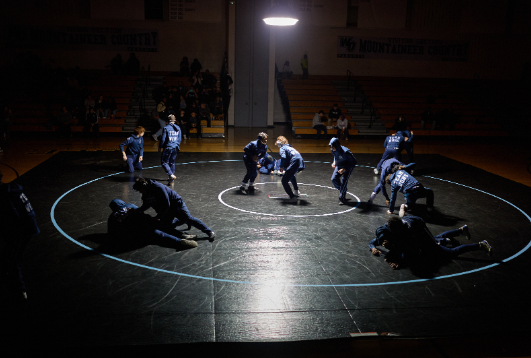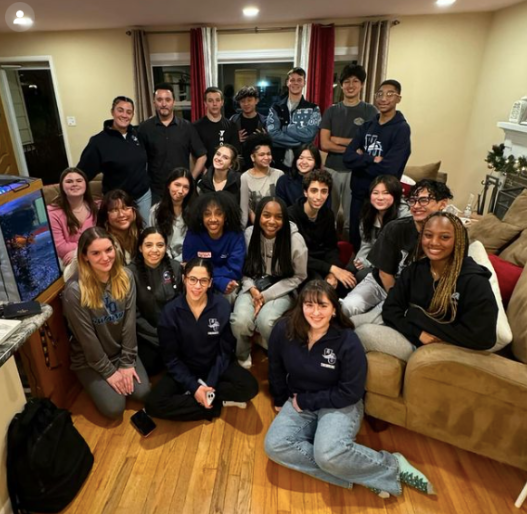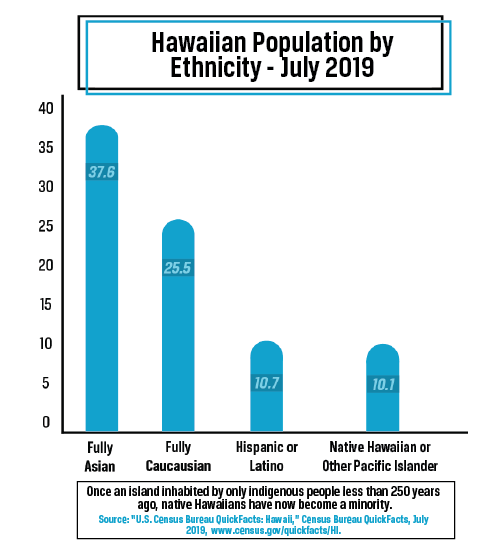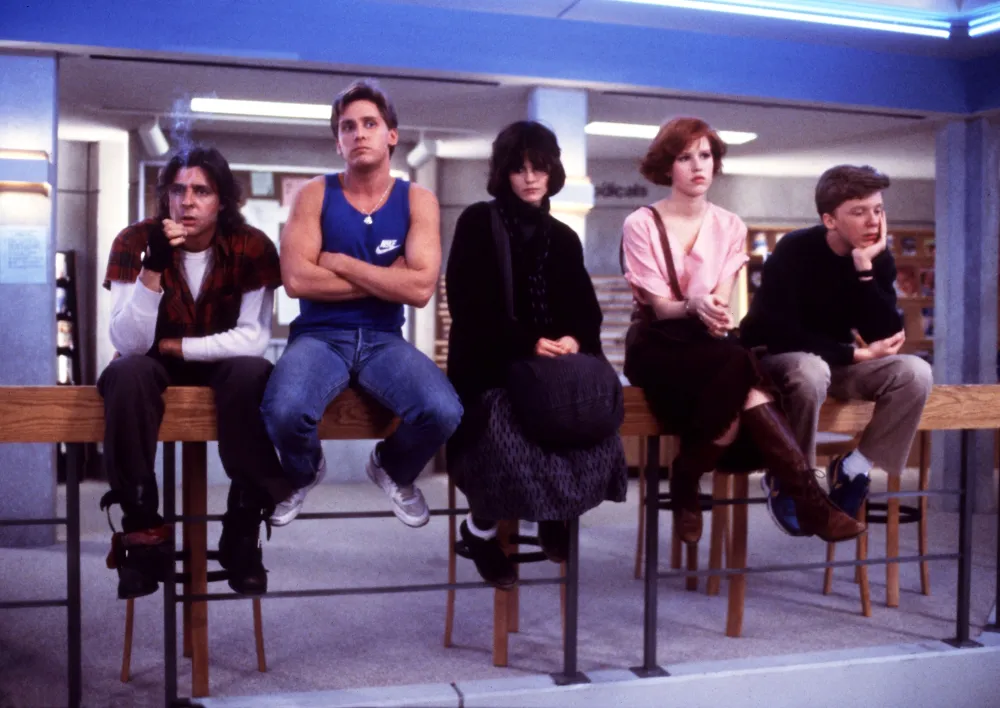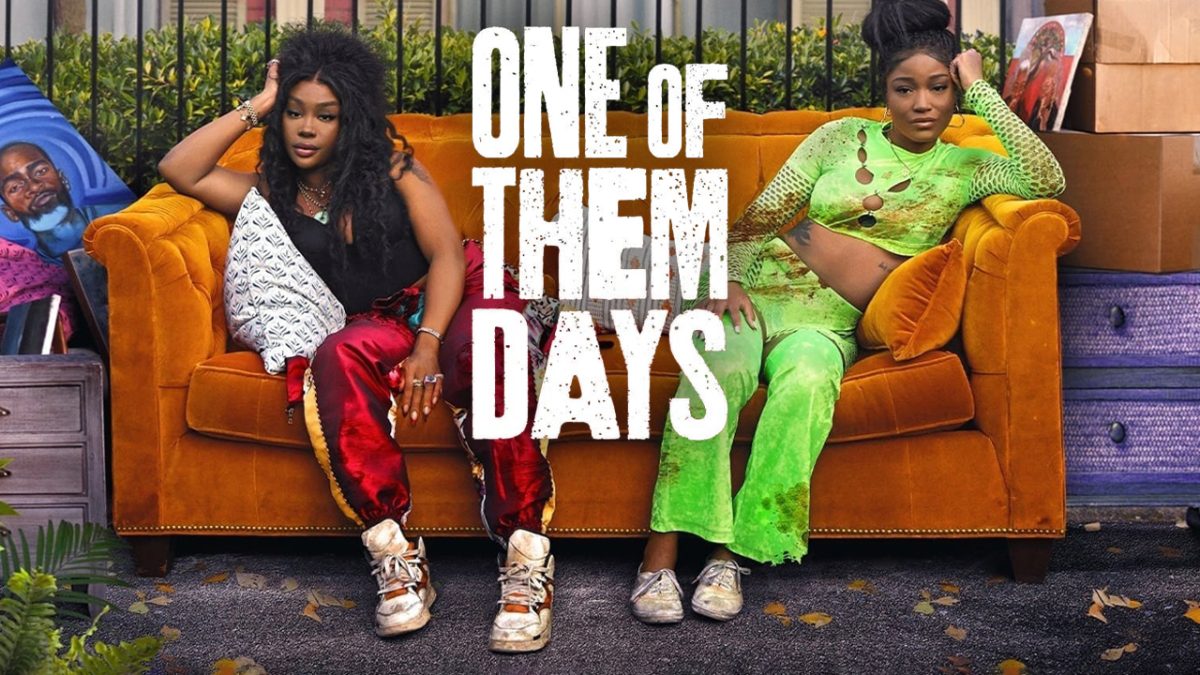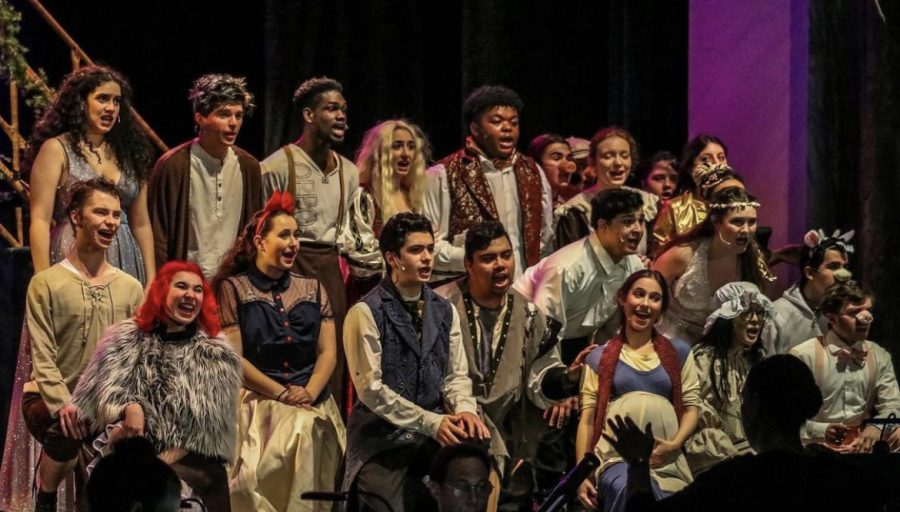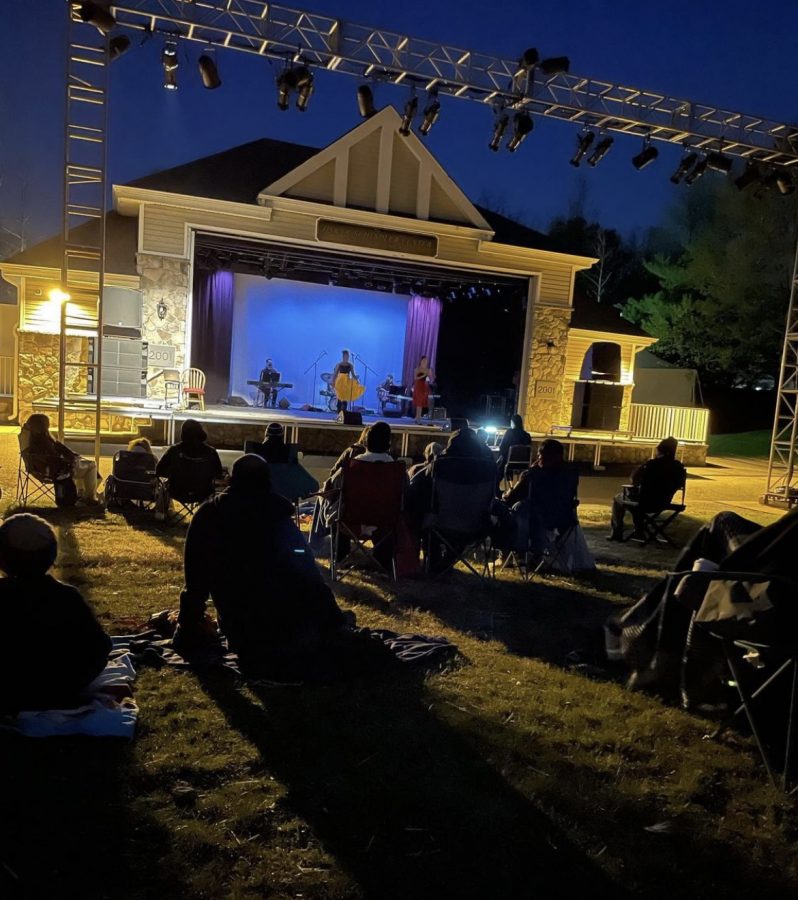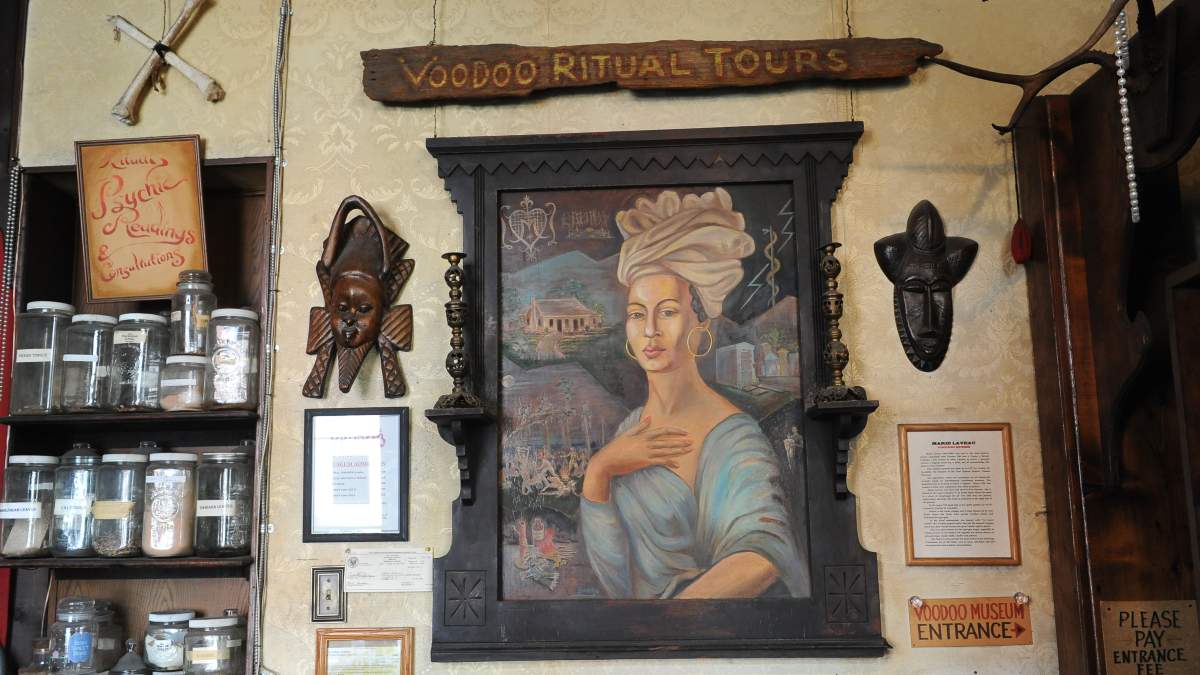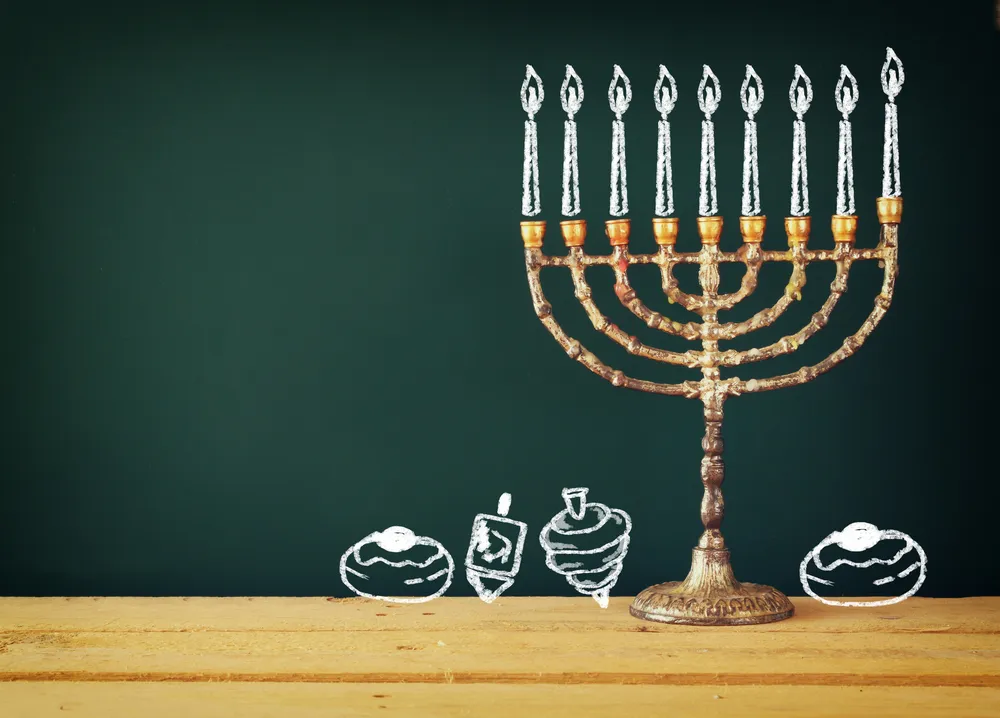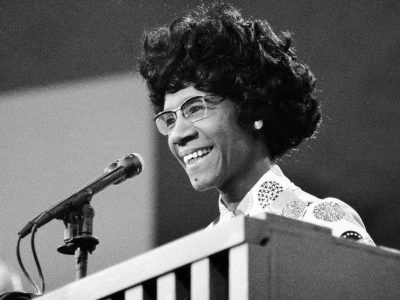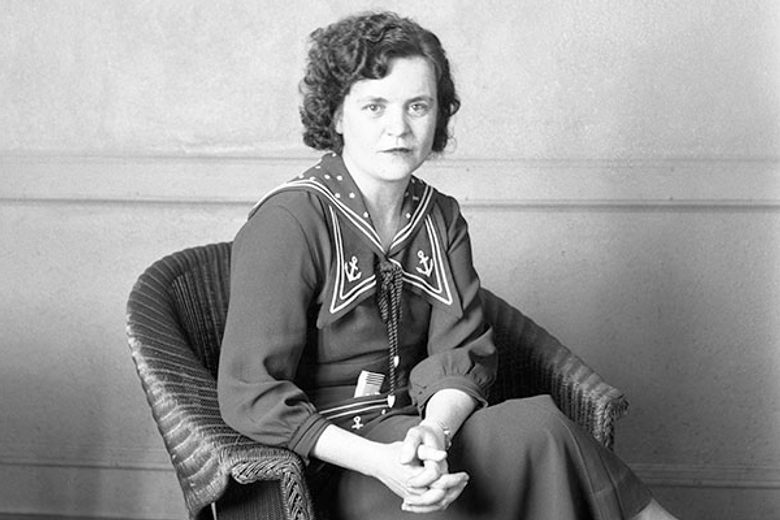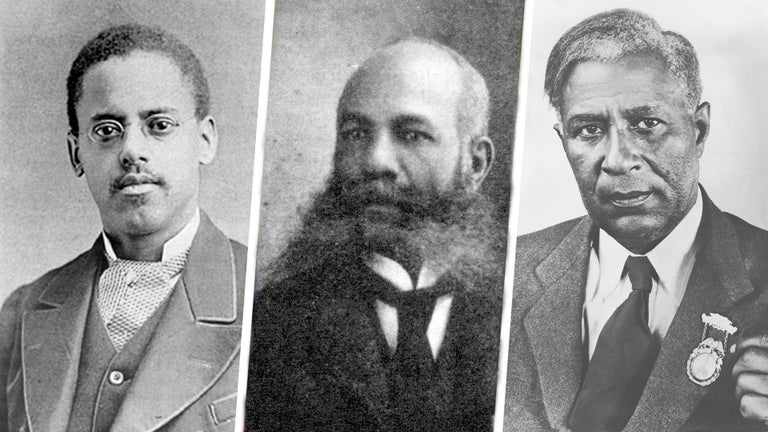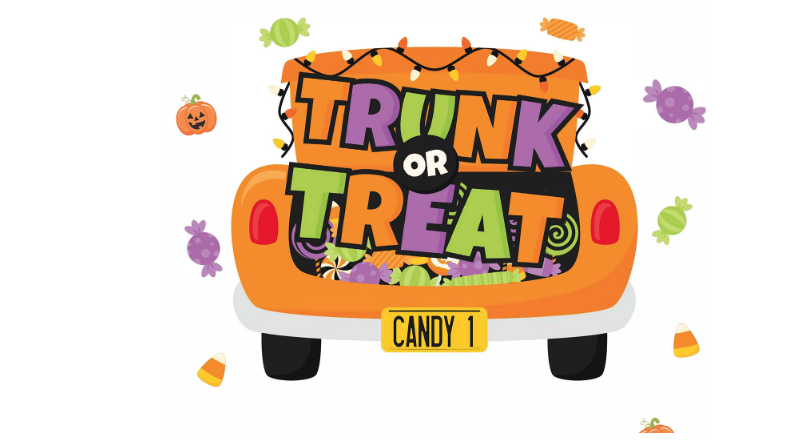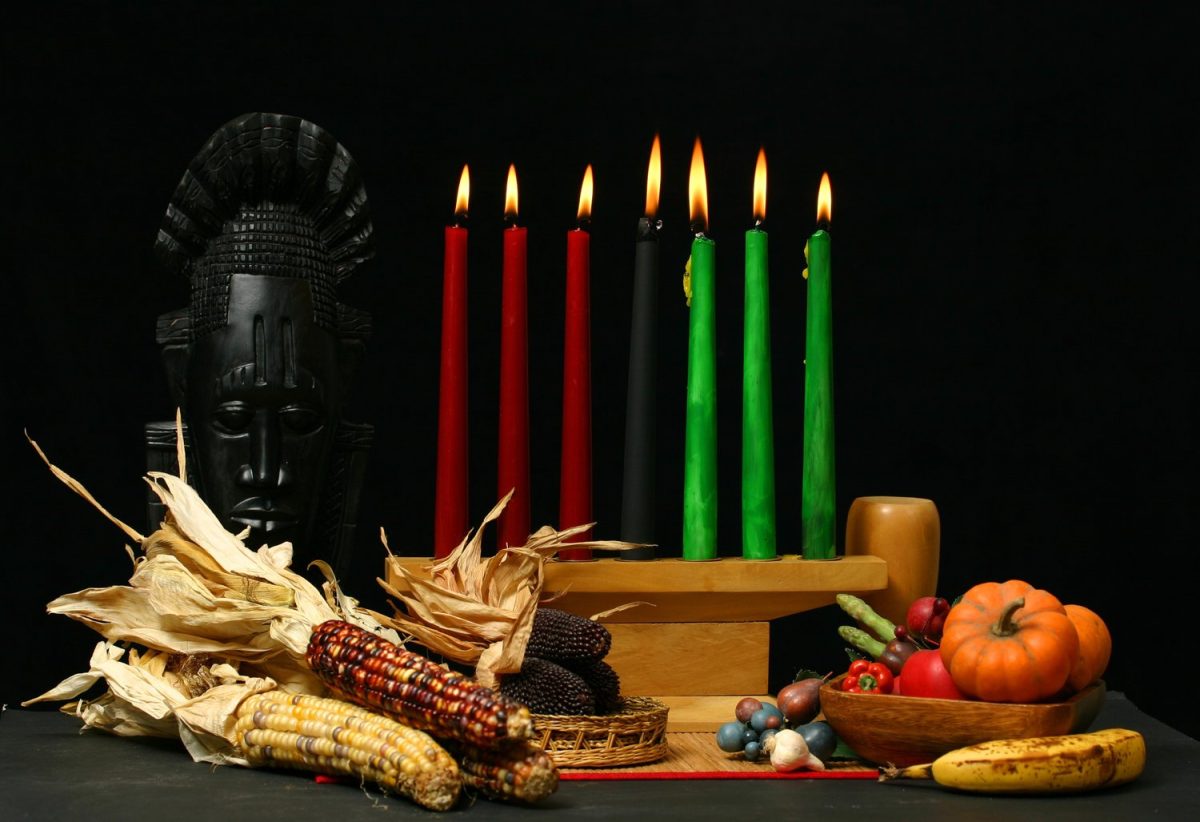Trick-or-treating was such a magical part of my childhood. I remember running through the neighborhood with friends, all of us in sweaty costumes, trying to figure out which houses handed out the coveted full-size candy bars. We’d start at 5 p.m. and keep going until at least 10 p.m., fueled by excitement and a growing pile of candy.
It felt like the ultimate adventure-stepping into the dark, venturing beyond my comfort zone, surrounded by kids of all ages, all of us soaking in the fun and freedom of the night.
But the last time I went trick-or-treating, I was taken aback by how much things had changed. Barely anyone was handing out candy. House after house had their lights off and blinds drawn.
Only a handful of kids wandered the streets, and the whole neighborhood felt eerily empty, almost like a ghost town. It left me wondering: what happened to the tradition that used to light up entire communities?
Trunk or Treat
Trunk-or- treat started in the late 1990s when churches wanted to provide a safer, “less evil” alternative to traditional Halloween festivities. It consists of people decorating their car’s trunk with decor and kids going car to car collecting candy. Imagine a drive-in movie theater and Halloween combined in one. The problem lies with trunk-or-treat and people choosing this option instead of traditional Halloween.
Limits Child Experiences and Independence
Trunk-or-treat events have become a common sight in many neighborhoods, schools, and churches, where families gather in parking lots to collect candy from decorated car trunks. While these events provide a controlled environment that alleviates fears surrounding safety, they simultaneously limit children’s experiences and independence.
Child psychologists emphasize the importance of exploring the world around them, and traditional trick-or-treating serves as an invaluable rite of passage. It encourages children to step out into the dark, meet new neighbors, and confront their fears. By participating in trunk-or-treat events, kids miss out on these formative experiences, which help them build confidence and develop social skills.
Promotes Neighborliness
Another significant drawback of trunk-or-treat is its potential to erode the sense of community that trick-or-treating fosters. In neighborhoods where houses are aglow with welcoming lights, families engage in casual conversations and interactions that build neighborly ties. However, trunk-or-treat events often take place in isolated settings, reducing opportunities for families to connect. Instead of getting to know the people who live just a few doors down, children are confined to a parking lot, where interactions are often superficial.
The Impact of the Pandemic
The COVID-19 pandemic has further intensified fears surrounding Halloween. Many parents, influenced by a broader culture of safety and health concerns, have become increasingly cautious about allowing their children to wander the streets alone. According to Safe Kids Worldwide, nearly 77% of parents report feeling fearful on Halloween, leading to a decline in participation in traditional trick-or-treating.
The Dangers of Halloween
Historically, concerns about Halloween dangers have been around for decades, leading to a culture of overprotectiveness among parents. The emergence of urban legends about tainted candy and the occasional incident involving dangerous pranks or mischief have fueled fears surrounding the holiday. As communities became more aware of these risks, many parents opted to keep their children closer to home. Unfortunately, this mindset has resulted in a sharp decline in trick-or-treating participation and an increase in trunk-or-treat events.
The Impact on Teenagers
Although most teens don’t go trick or treating, there is still a portion of teens that do. Since trunk or treat is mostly for kids, and houses aren’t giving out candy because of this, teenagers miss out on a tradition, often cast away.
Trunk-or-Treating: Halloween Tailgating
Trunk-or-treating has been colloquially dubbed “Halloween tailgating.” The structured environment of trunk-or-treating can feel more like a carnival than a true Halloween celebration, lacking the thrill of exploring the unknown and engaging with the community.
As the lights dim on houses that once welcomed trick-or-treaters, we must ask ourselves: is the possibility of danger worth not allowing children to experience a true, authentic Halloween?
